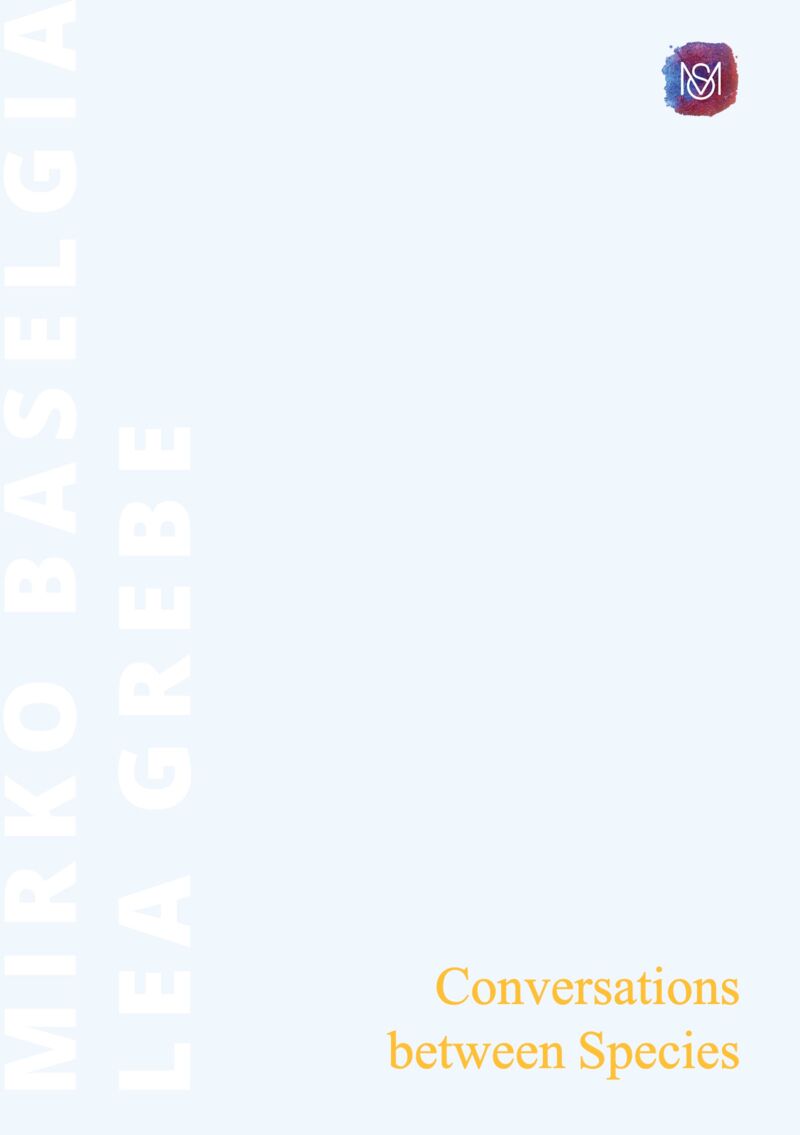Have any questions?
+44 1234 567 890

Paper Positions Berlin
| 25 – 28 April 2024 |
|---|
CONVERSATIONS BETWEEN SPECIES.
The end of the 20th century saw the emergence of anthropological and philosophical research by thinkers such as Bruno Latour and Emanuele Coccia, which demonstrated a desire to transcend the dualism between nature and culture. Contemporary artistic production also investigates the relationship between man and nature from different perspectives and opens the door to the imagination of new ways of living this relationship. Indeed, at a time when the ecological crisis can no longer be confined to an ideological debate or scientific research, this issue naturally also becomes a cultural question. In fact, culture and artistic production can inspire change, shift hearts and minds, challenge dominant paradigms and imagine and create new ways of living. Culture has the transformational power to create the system change needed to tackle the twin climate and biodiversity crises within a framework that recognises the interdependence of all living beings.
Lea Grebe and Mirko Baselgia are among the contemporary artists who seek to overcome the dichotomies between nature and culture, between art and science, and who see the natural world and other forms of life as an endless source of inspiration for specific creative faculties, life-supporting structures and systems and mechanisms of cooperation and regeneration that guarantee survival, prosperity and resilience. For them, the organisation of the plant and animal worlds provides alternatives for imagining and realising new social structures, finding in nature the cues for our own transformation.
Lea Grebe’s works from the series Schwarmstudie and Schwarmbewegung explore the movement patterns of swarms, highlighting the idea of collectivity and of a fluctuating state. The result of a process of abstraction, the drawings nevertheless always belong to a neutral ‘non-space’, open to a multitude of interpretations. The works of her series Brut depict strange forms, reminiscent of cocoons and thus the metamorphic process of pupation. The hatched forms are surrounded by elements that resemble an independent ecosystem. Sometimes they resemble protective shells, sometimes fragments of a hostile habitat. Just hatched, the forms are fragile, breakable and preoccupied with themselves and their metamorphosis. It remains unclear whether they have already found their final form or whether they are still in a state of ongoing change.
The works Conzentraziun (2019), Little White (2020) and Green Square (2020) are part of an ongoing series of works showing Mirko Baselgia’s interest in the issues related to skin. Scanning electron microscope (SEM) images of animal skins, such as fishes or butterflies, have served as inspiration to create the dynamic compositions. Baselgia’s interest in butterflies is also linked to his reflections on biodiversity, as these insects are increasingly being recognised as valuable environmental indicators. His series Tartaruga (2021) – turtle in Romansh – highlights a visible manifestation of the passage of time, showing the turtle shells as the material expression of their biography. The use of old newspapers for the realisation of the high reliefs not only suggests a more judicious use of the resources at our disposal, but also offers the possibility to take a critical look at the world of information and to point out the necessity to foster new narratives.
Text: Laura Giudici
paper positions Berlin
25 – 28 April 2024
wall #17
